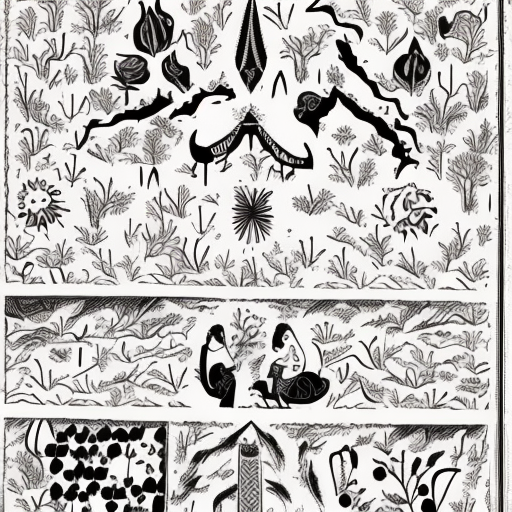One-line Summary:
Persepolis by Vincent Paronnaud
Persepolis is a powerful animated film that follows the life of Marjane Satrapi, a young Iranian girl, as she navigates through the turbulent political and social landscape of her country. Through her eyes, we witness the impact of the Islamic Revolution, the Iran-Iraq War, and the strict rules imposed by the new regime. The film explores themes of identity, freedom, and the struggle to find one’s place in a changing world.
Main Cast and Crew:
- Director: Vincent Paronnaud, Marjane Satrapi
- Writers: Vincent Paronnaud, Marjane Satrapi
- Voice Cast: Chiara Mastroianni, Catherine Deneuve, Danielle Darrieux
- Music Director: Olivier Bernet
- Director of Photography: Tristan Oliver
- Producers: Xavier Rigault, Marc-Antoine Robert
Plot:
The film begins in 1970s Iran, where Marjane, a young girl with a rebellious spirit, dreams of becoming a prophet. As the Islamic Revolution unfolds, Marjane’s family finds themselves living under a strict regime that dictates their every move. Marjane’s parents, fearing for her safety, send her to study in Austria.
In Austria, Marjane faces a new set of challenges as she tries to adapt to a different culture while still holding onto her Iranian identity. She experiences love, heartbreak, and the harsh realities of being an immigrant. Eventually, she returns to Iran, only to find herself stifled by the oppressive regime once again.
Throughout the film, Marjane’s journey is marked by her rebellious spirit and her refusal to conform to societal expectations. She uses art and storytelling as a means of self-expression and resistance. Her experiences shape her understanding of the world and her place in it.
Themes and Motifs:
Persepolis explores themes of identity, freedom, and the struggle for self-expression. Marjane’s journey reflects the universal desire for autonomy and the challenges faced when trying to assert one’s individuality in the face of societal pressures. The film also delves into the complexities of cultural identity and the clash between tradition and modernity.
Art and storytelling serve as important motifs throughout the film. Marjane’s drawings and her love for music become powerful tools for self-expression and resistance against oppression. They allow her to navigate through difficult times and find solace in her own creativity.
Reception and Legacy:
Upon its release, Persepolis received critical acclaim for its unique animation style, compelling storytelling, and its ability to shed light on the human experience within a specific cultural and historical context. The film was nominated for an Academy Award for Best Animated Feature and won the Jury Prize at the Cannes Film Festival.
Persepolis has had a lasting impact on cinema, not only for its artistic achievements but also for its ability to humanize complex political situations. It has become a symbol of resilience and the power of storytelling to transcend borders and connect people from different backgrounds.
Recommendation:
Persepolis is a must-watch film for anyone interested in thought-provoking storytelling and visually stunning animation. It offers a unique perspective on the Iranian Revolution and its aftermath, while also exploring universal themes of identity and freedom. The film’s emotional depth and powerful message make it a truly unforgettable cinematic experience.
Memorable Quote:
“In life, you’ll meet a lot of jerks. If they hurt you, tell yourself that it’s because they’re stupid. That will help keep you from reacting to their cruelty. Because there is nothing worse than bitterness and vengeance… Always keep your dignity and be true to yourself.”












